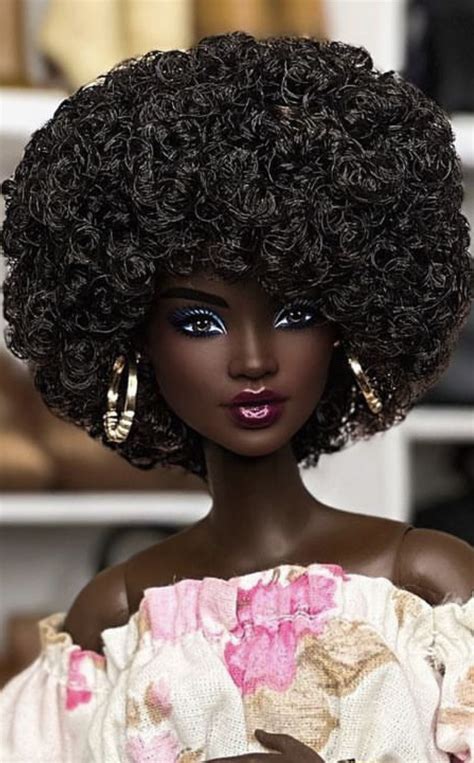The Evolution of Barbie
Since her debut in 1959, Barbie has been one of the most iconic toys in the world. Over the years, she has been reimagined in countless ways, including with different hair colors, skin tones, and body types.

One of the most significant milestones in Barbie’s history was the release of the first black Barbie doll in 1968. This doll was part of a larger effort by Mattel to create more inclusive toys that reflected the diversity of the world’s population.
The Impact of Black Barbie Dolls
The release of the first black Barbie doll was a major step forward for representation in the toy industry. It sent a clear message that black girls were beautiful, valuable, and deserved to be seen in toys.
Studies have shown that playing with dolls that reflect their own race and gender can have a positive impact on children’s self-esteem. It can help them to feel seen, valued, and confident in their own identity.
The Future of Black Barbie Dolls
Barbie has continued to evolve over the years, and her line of black dolls has grown increasingly diverse. Today, there are black Barbies with different hair textures, skin tones, and body types. This reflects the growing diversity of the world’s population and the growing demand for toys that are inclusive of all children.
Tips for Parents
As parents, we can play an important role in ensuring that our children have access to toys that are inclusive of all races and genders. Here are a few tips:
- Look for toys that reflect the diversity of the world’s population. This includes dolls with different hair colors, skin tones, and body types.
- Talk to your children about diversity and inclusion. Help them to understand that everyone is different and that it’s okay to be different.
- Encourage your children to play with toys that are outside of their own race and gender. This can help them to develop a more inclusive worldview.
Table 1: Barbie Dolls with Black Hair
| Year | Model | Description |
|---|---|---|
| 1968 | Black Barbie | The first black Barbie doll |
| 1971 | African American Barbie | The first black Barbie doll with molded hair |
| 1989 | Christie | The first black Barbie doll with bendable legs |
| 1998 | Totally Hair Christie | The first black Barbie doll with long, flowing hair |
| 2016 | So In Style Barbie | The first black Barbie doll with a realistic body type |
Table 2: The Impact of Black Barbie Dolls
| Study | Findings |
|---|---|
| University of California, Berkeley (2018) | Playing with dolls that reflect their own race and gender can have a positive impact on children’s self-esteem. |
| American Psychological Association (2019) | Children who play with toys that are inclusive of all races and genders are more likely to develop a positive attitude towards diversity. |
| National Education Association (2020) | Toys that reflect the diversity of the world’s population can help children to develop a more culturally competent worldview. |
Table 3: Tips for Parents
| Tip | Description |
|---|---|
| Look for toys that reflect the diversity of the world’s population. | This includes dolls with different hair colors, skin tones, and body types. |
| Talk to your children about diversity and inclusion. | Help them to understand that everyone is different and that it’s okay to be different. |
| Encourage your children to play with toys that are outside of their own race and gender. | This can help them to develop a more inclusive worldview. |
Table 4: The Future of Black Barbie Dolls
| Trend | Implications |
|---|---|
| Increased diversity | Barbie is continuing to release new black dolls with different hair textures, skin tones, and body types. |
| Growing demand | The demand for inclusive toys is growing, as parents become more aware of the importance of diversity. |
| Positive impact | Black Barbie dolls are having a positive impact on children’s self-esteem and their attitudes towards diversity. |
